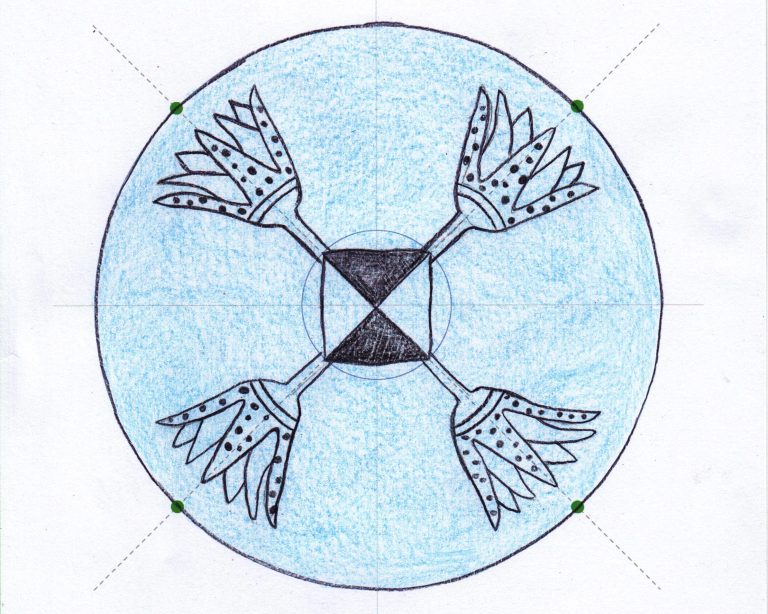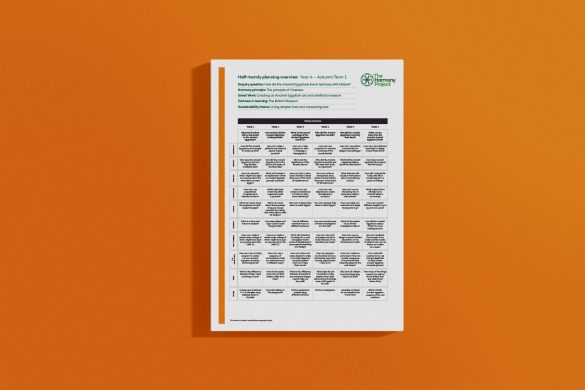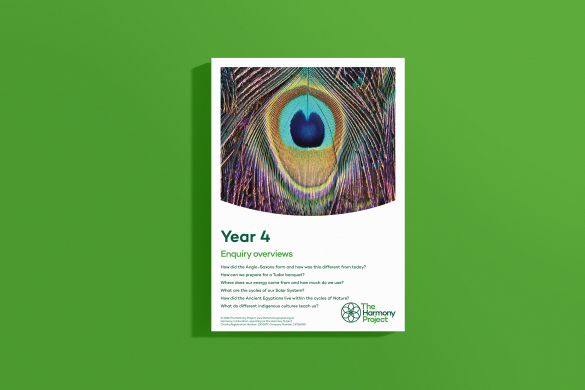Geometry pack: How did the Ancient Egyptians live within the cycles of Nature?
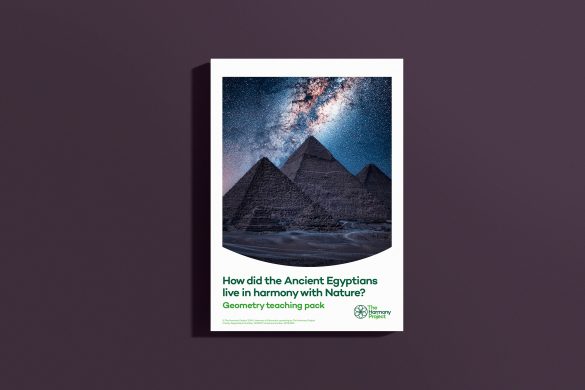
Explore with students in KS2 how the Ancient Egyptians used geometry.
In this pack, you will find six geometry activities to support the Year 4 enquiry of learning, How did the Ancient Egyptians live within the cycles of Nature?, which is linked to the principle of Oneness. Each of the activities explores a different aspect of geometry in relation to Ancient Egyptian civilisation and can be used as a ‘way in’ to the learning each week.
Step-by-step text instructions and diagrams help teachers to deliver the six activities in this pack, and tips, facts and lists of the resources needed to complete each activity are also included. Photocopiable templates and guides mean that the activities can be simplified to provide students with additional support and to vary the level of challenge.
To help students get the most out of these activities, we recommend the use of Jakar compasses, which can be purchased at a discounted rate on our website.
What’s in this geometry resources pack?
The following six activities are included in this pack:
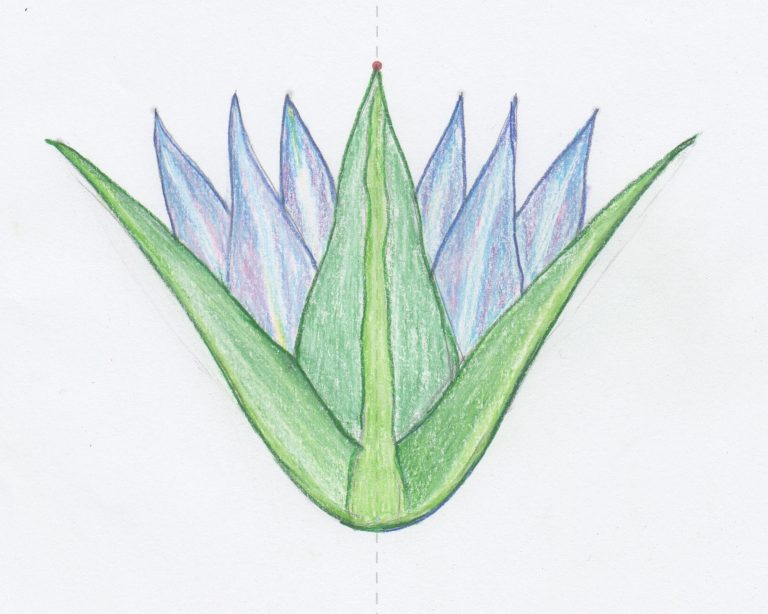
Activity 1 How do I draw an Ancient Egyptian lotus?
In this activity, students use symmetry to help them draw a lotus flower, which held special meaning in Egyptian art, religion and culture. The lotus flower was linked with the sun and rebirth because it closes at night and reopens in the morning, in response to the rising and setting of the sun. It was also a symbol of purity and resurrection, growing in the muddy waters of the Nile but rising above the surface to bloom.
Activity 2 How did the Ancient Egyptians use ropes to measure land?
The Ancient Egyptians used ropes with knots tied in them at regular intervals to measure things. This technique was used in the construction of the pyramids, for dividing up land to grow crops and to make perfectly square corners for their buildings. How can you make an accurate square with a flexible rope? In this brilliantly hands-on activity, which lends itself well to outdoor learning, students find out for themselves using lengths of string.
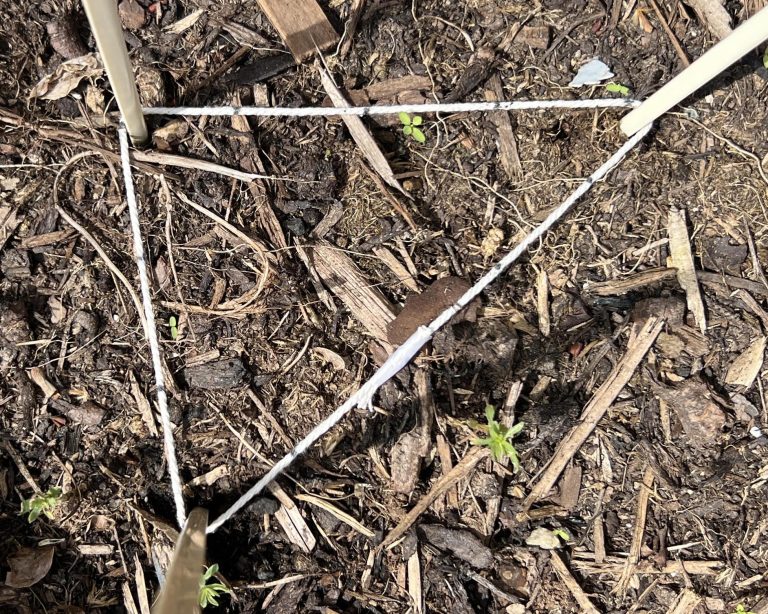
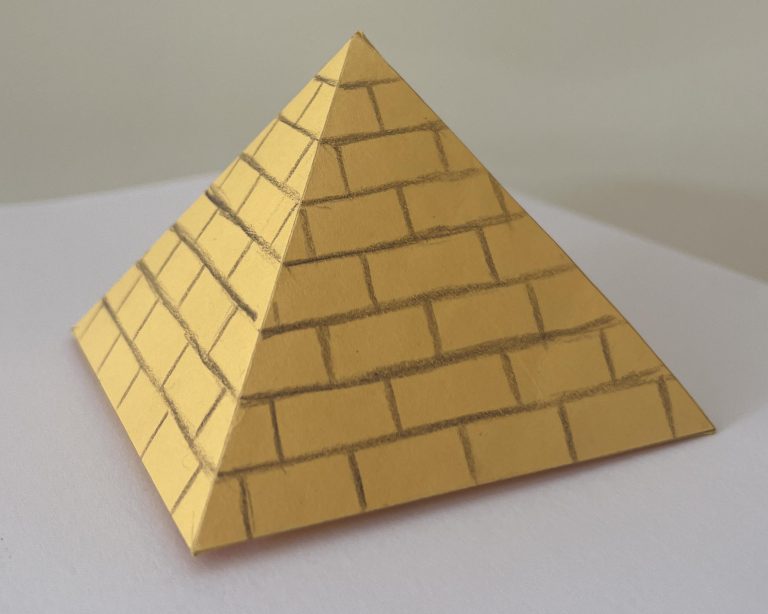
Activity 3: How did the Ancient Egyptians build their pyramids?
In this activity, students use the geometry of a circle to help them create a model of a square-based pyramid, one of the most recognisable symbols of Ancient Egyptian civilization. These amazing buildings were originally used as tombs for Ancient Egyptians pharaohs and their queens. When a pharaoh died, their body was placed in the pyramid along with possessions that the Ancient Egyptians believed they would need in the afterlife.
Activity 4: How can I recreate an Ancient Egyptian wall pattern?
In this activity, students use the geometry of a circle to recreate a wall pattern based on the ceiling pattern found in the tomb of Nefersekheru at Luxor. Ancient Egyptian artists would have decorated walls and ceilings using paint made from things they found in Nature. For example, a green rock called malachite was used to make green paint, a type of soil called ochre for red and yellow paint, and a blue stone named lapis lazuli for blue paint.
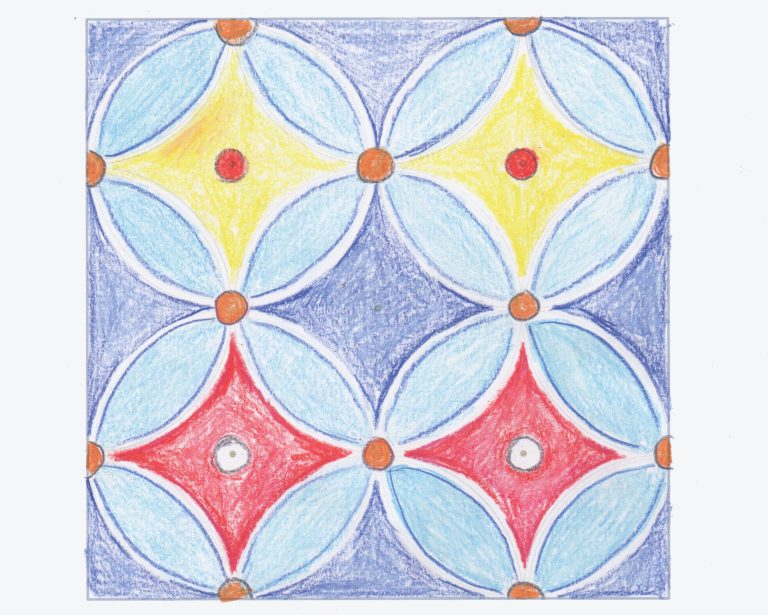
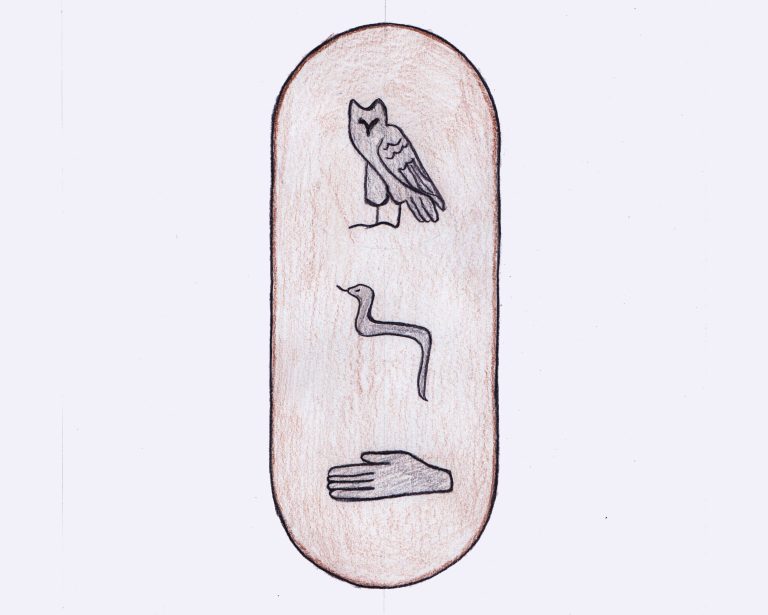
Activity 5: How did the Ancient Egyptians live their spiritual life?
The Ancient Egyptians used a symbol-based writing system called hieroglyphs. A cartouche (hieroglyphs contained within an oval shape) was used in Ancient Egyptian art and writing to surround the name of a pharaoh or other important person. The cartouche was believed to provide magical protection to the person whose name was written inside it. In this activity, students use the geometry of a circle to create a cartouche.
Activity 6: How can I use geometry to design a lotus flower bowl?
Pottery was the most common material used for making bowls in Ancient Egypt, as there was a plentiful supply of Nile clay with which to make them. Ancient Egyptians made a special kind of pottery called ‘Egyptian blue’ by mixing limestone and sand with green or blue minerals called malachite and azurite. The result was beautiful, bright blue pottery. In this activity, students use rotational symmetry to create a design for an Egyptian blue lotus flower bowl.
